| Common name | Chinchillas |
| Scientific Name: | chinchilla lanigera (long tailed chinchilla) chinchilla chinchilla (short tailed chinchilla |
| Average Size: | 12 inches long 500 - 1000+ grams (males are usually smaller than females) |
| Life Span: | 10 – 20+ years |
| Environment: | Cold, dry mountain dessert, rocky terrain, sparse vegetation |
| Range: | South American Andes Mountains |
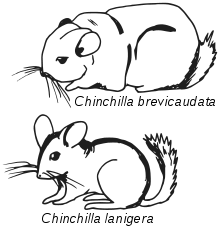
Chinchillas are small mammals from the order rodentia. The chinchilladea family contains two species of chinchillas (chinchilla lanigera and chinchilla brevicaudata) and the viscacha (Lagostomus maximus). Chinchillas are slightly larger than a guinea pig or ground squirrel, but appear much larger due to their thick fur. Chinchillas are crepuscular animals, meaning that they are most active during the hours before, during and after dawn and dusk with alternating periods of wakefulness and sleep throughout the day and night.
The two species of chinchillas are the short tailed chinchilla (c. brevicaudata) and the long tailed chinchilla (c. lanigera). The short tailed chinchilla is the stockier of the two species with smaller ears, a shorter tail and a thicker neck and shoulders. The short tailed chinchilla also has denser fur than the long tailed species. Recently, the scientific community changed the classification of the short tailed chinchilla from c. brevicaudata to c. chinchilla.
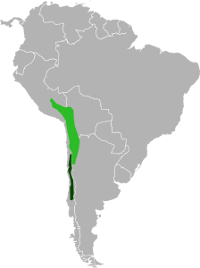
range of the wild chinchilla.
Both species of chinchillas are native to the Andes Mountains in South America; living in a cold, dry desert at altitudes up to 15,000 feet where they reside in the cracks and crevices in the rocky terrain. Historically, their range included the countries of Chile, Peru, Argentina, and Bolivia where they lived in colonies of up to 100 animals. In the past, reports of sightings of hundreds of chinchillas in one day were quite frequent.
Today, wild chinchillas are found only in Bolivia and Chile. C. chinchilla is currently extinct in Peru and Argentina and is facing extinction in Bolivia and Chile. C. lanigera has an estimated population of 5,500 in Las Chinchillas National Reserve in Chile and more exist outside the reserve in Chile. Attempts to re-introduce chinchillas into the wild have been unsuccessful. Both varieties are on the endangered species list with c. chinchilla listed as highly endangered and c. lanigera as vulnerable. Current laws in South America prohibit the capture and trade of wild chinchillas.
In their native environment, chinchillas have a very limited diet. Available to them are grasses, twigs, and cacti along with the occasional insect. For this reason, the chinchilla digestive system has not developed to cope sugars and fat leaving out items such as fruits, vegetables, nuts, seeds, and dairy from their diet.
Also in their native environment are various predators who feed on chinchillas. Some of these creatures include owls, hawks, and foxes. The foxes are not native to the area and were imported to South America for the purpose of hunting, a common past time for many people who came from Europe during the colonization of the Americas.
The domestic chinchilla is thought to be a hybrid of the two species. However, it is believed that they are predominately from c. Lanigera lines. Through careful breeding, domestic chinchillas have become quite different from their wild brethren. Weighing in at 500 to 1,000 + grams, domestic chinchillas are larger than wild chinchillas most of which weigh in at around 500 to 600 grams.
Other differences include their lifespan and their coats. With access to good nutrition and dust baths, the domestic chinchilla’s lifespan has increased from 5 years to and average of 15 years with some members living to be 20+ years old. Good care has also changed the domestic chinchilla’s coat to become denser and stronger than that of wild chinchillas. Breeders have developed colors in the domestic chinchilla that are not present in its wild counterpart.
As a special note: many people believe that more than one breed of domestic chinchillas exists due to the different colors that can be found in the domestic population. This idea is mistaken. The colors are mutations of the original agouti coloring which is now referred to as standard gray or naturalle. All other colors are referred to as mutation colors or mutations, not breeds.


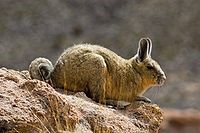
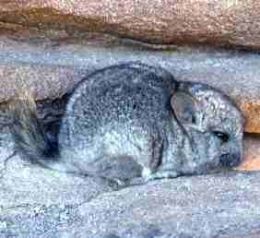

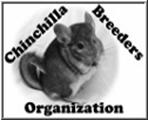 Site Last Updated on December 31, 1969 05:00 pm
Site Last Updated on December 31, 1969 05:00 pm